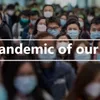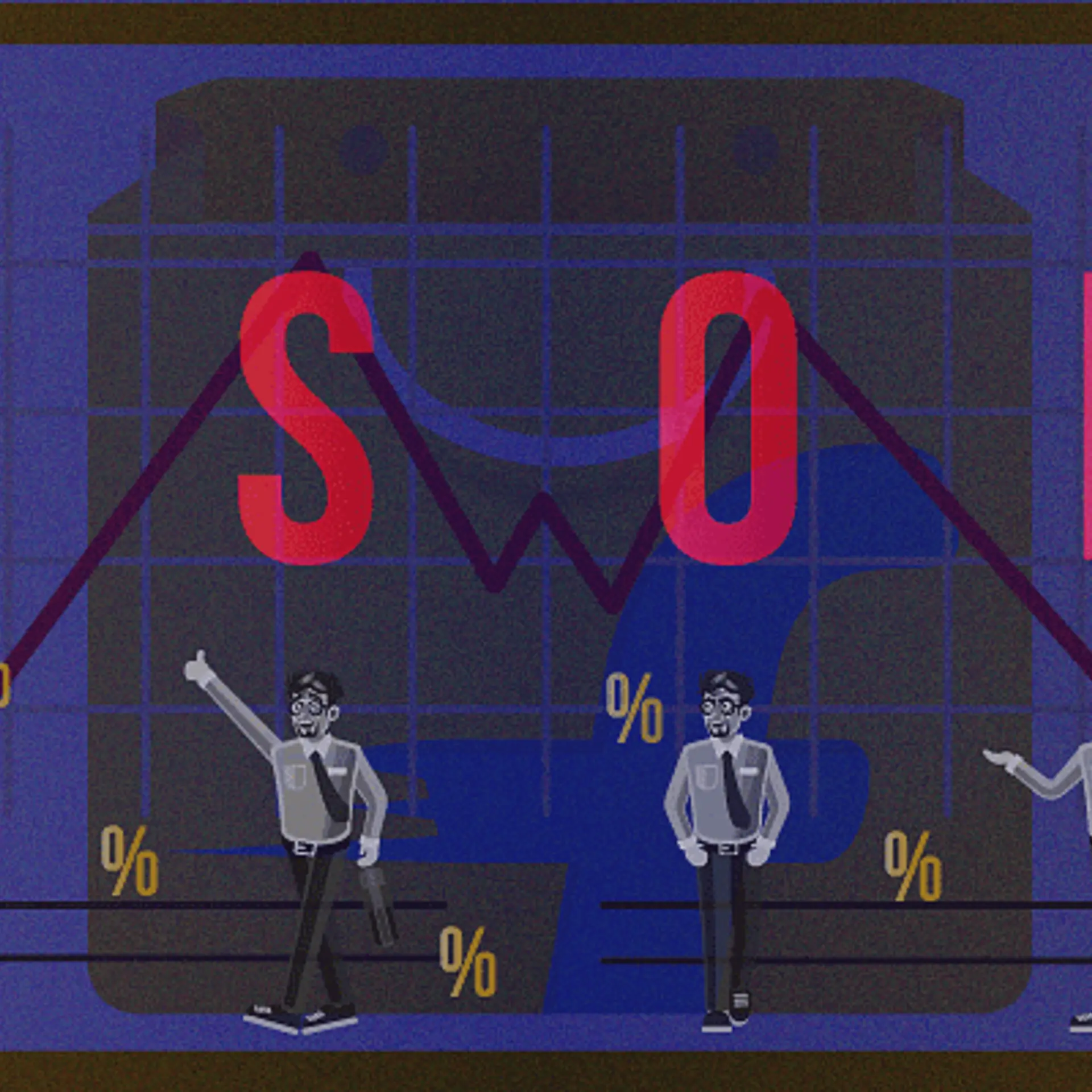Coronavirus: Lessons from Bengaluru’s past in dealing with pandemics
History has shown us that societies and countries change, often radically, when they emerge from large crises. As the world deals with the coronavirus outbreak, a look at what lessons history has to offer Bengaluru from earlier pandemics.

There are numerous theories about the second pandemic that killed millions in Europe. Some pertain to doctors sporting beaks to prevent themselves from getting infected during the Black Death, some in defence of ‘ring around the rosie’, a children’s rhyme that was believed to be composed during the second pandemic which has now been proven false. But with the third pandemic striking in the 19th century, scientists are confident that the breadcrumbs lead to China’s southwestern Yunnan province, from where the bubonic plague is believed to have originated and spread across Asia and the US, in particular, through the trade routes originating in British-controlled Hong Kong. This killed millions across India.
The reasons for the origin of the plague were later attributed to the Han Chinese exploiting minerals relentlessly, combined with population explosion. A few decades later, when Manchuria faced the pneumonic plague and it spread to parts of China, history tells us clearly that the Russians and the Japanese were far more efficient in handling the pandemic than China. Mao’s push for the ‘Four Pest Campaign’ has left a scar in the way wildlife and ecology is treated in China. Despite these majestic mistakes, the world has shied away from addressing the root cause of the problem - China.
Before the outbreak happened recently, the world was taking note of the way China has been oppressing its Uighur Muslim population in Xinjiang province. This is not new. In fact, the Qing Dynasty massacred the Hui Muslim population during the Panthay Rebellion in the mid-19th century. This rebellion actually amplified the plague outbreak as a result of the migration that happened to the newly emerging urban centres of China. This pattern of pandemics originating from China has repeated itself time and again, failing to send a message across to China to correct their historical wrongdoings.
Walter Rand, Chapekar Brothers, and Bal Tilak
22 June 1897, Pune: Around midnight, celebrations for Queen Victoria’s diamond jubilee had just concluded at the Government House. Chairman of the Special Plague Committee Walter Charles Rand was being followed by the Chapekar Brothers. Damodar, the eldest brother signalled “gondya ala re ala”, meaning that the target had arrived. However, it wasn’t Rand but his military escort who had been killed. Rand was later shot dead too.
The death was avenged by the brothers due to the oppressive measures adopted by Rand to deal with the plague’s outbreak in Pune. He ordered that the common man be strip-searched, segregated, and deprived of their belongings to ensure any attempts of outward mobility had been subtracted completely. Lala Rai, a close aide of Bal Gangadhar Tilak (who was also in Yerwada prison when Damodar was arrested) attributed the trigger point for Indian demand for independence to the brothers.
The British were brutal in handling the outbreak of the plague in India. Ruthless actions were taken against those who opposed the orders of Rand’s men.
Handling it ‘royally’
Historical records cited in the British Medical Journal have now established that the Mysore Presidency had adopted several measures such as appointment of plague commissioners, regular inoculations, and examinations of travellers entering cities. People weren’t always cooperative. Untouchability was still practised, and people found excuses to avoid medical examination one way or the other. In 1898, nearly 3,000 people died due to unhygienic living conditions around the Bangalore cantonment area. This was all because a single person who was infected with the bubonic plague arrived from Hubli.
Bombay Presidency was the first to be affected since it was a centre of commerce. In those days, Dharwad served as a frontier area for the presidency. So any contact from an infected person meant that the disease would soon find its way to Mysore Presidency in no time. Temples were dedicated to goddesses who were supposed to have powers to ward off any evil.
There are a lot of things one can learn with the way Mysore handled affairs during the pandemic. Several preventive, curative, and special relief measures were announced. This included better sanitation facilities, improved communications infrastructure, wider roads, Victoria Hospital was inaugurated in 1900 by Lord Curzon, and Malleshwaram and Basavangudi saw more accommodations being laid out to those in need. The State even issued timber and bamboo to financially weaker sections of the society and advances were paid to government servants.
21st Century problem seeks 19th Century solutions
The most actionable measures today adopted by many states come from a legislation that’s more than a century old. The Epidemic Diseases Act of 1897 enables the government to take necessary precautionary and remedial measures. Karnataka was the first State to implement it on 11 March 2020 with the passing of ‘The Karnataka Epidemic Diseases, COVID-19 Regulations, 2020’. Approved to be in effect for one year, it provides certain special powers for the State to handle the situation effectively.
According to the aforementioned law, the State holds special impositional powers. This is in case the citizens refuse to comply with quarantine regulations. The law also makes it compulsory for all the public and private hospitals to have ‘flu corners’ dedicated to screen suspected cases. Maintenance of records of travel history was carried out at the hospitals on those who were confirmed/suspected to carry the disease.
Takeaways

What do these learnings mean to us today when we are facing an existential threat from the deadly virus from Wuhan?
- Parallels can be drawn between the plague pandemic that hit Bangalore in 1898 and the present situation.These parallels are in the context of the response measures of the government and the behaviour of citizens. Surely, the experience from the past has helped the State to act sooner and more efficiently. It must be acknowledged the State government has been so far performing satisfactorily in its efforts. The current pandemic is possibly a wake-up call to formulate a new comprehensive, updated legislation that addresses the requirements of today.
- The State, in the earlier pandemic, slowly but surely did resolve the crisis. It would do so now as well. However, just like in 1898, it cannot be done without the cooperation of the general public. Drawing from history, the effectiveness of the solution to today’s crisis lies in our hands.
- Several clips of police insensitivity towards civilians have been making the rounds on social media. The State machinery needs to look into this and ensure a humane way is adopted in dealing with common citizens.
- There needs to be reforms in the healthcare sector. Better infrastructure is needed. Manufacturing in the time of crisis has proven to be slow. This needs to pick up. This is also a right opportunity for us to exhibit India as a better destination for foreign investments than China. Japan, South Korea, and Taiwan have all offered themselves as a viable alternative to China. The 14th Century plague has proven that the trade routes contribute to the vulnerabilities that we witness today. The plague back then began in Hubei; COVID-19’s origins are in Wuhan, capital of Hubei.
- Those reforms that follow the conclusion of the COVID-19 pandemic will make an impact that can be felt for years to come now. If the State realises the need for such large-scale reforms, it would be the best case scenario for everyone living in Karnataka.
- The present pandemic must give us the right time to introspect on the state of our healthcare and pharmaceutical industry in India. We import almost 70 percent of our active pharmaceutical ingredients (APIs). As geostrategist Brahma Chellaney aptly puts it, China’s dominance on being a giant in the global supply chains has to be challenged.
Having said this, history has shown us that societies and countries change, often radically, when they emerge from large crises. This history has repeated itself, cruelly. The only question that arises at the moment is: are we going to learn from it anytime soon?
(Edited by Evelyn Ratnakumar)
(Disclaimer: The views and opinions expressed in this article are those of the author and do not necessarily reflect the views of YourStory.)









